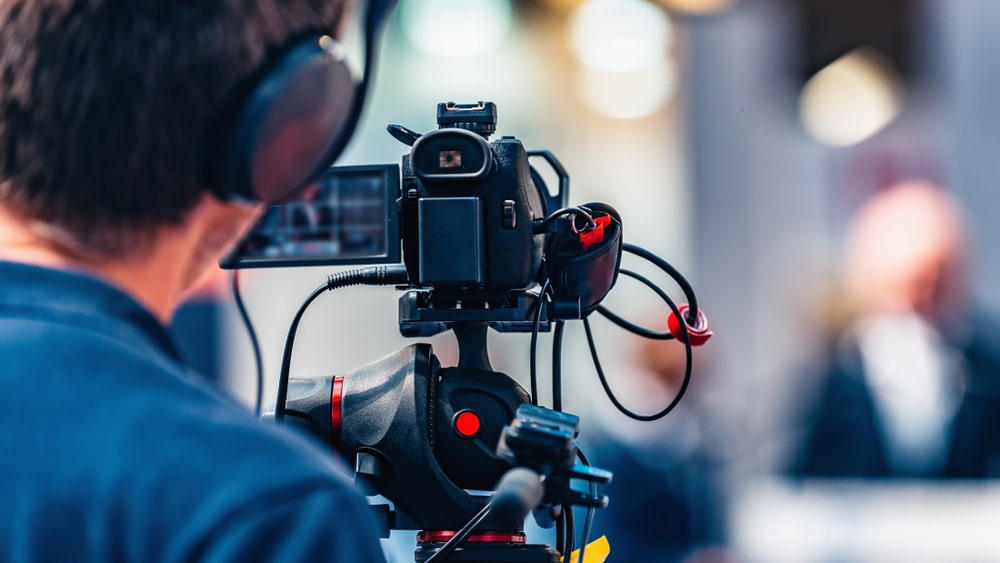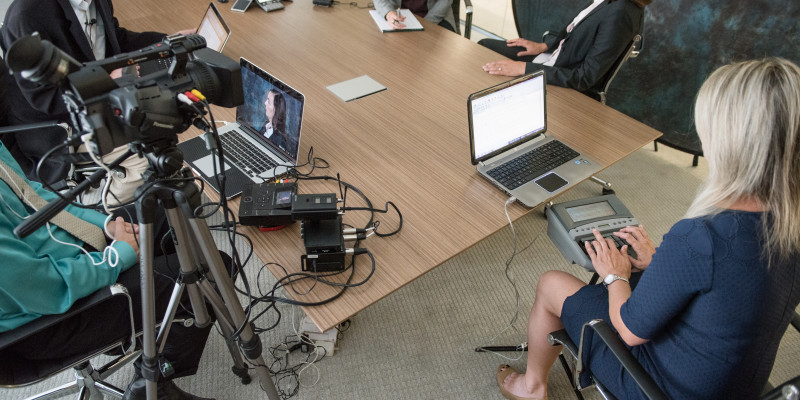The Benefits of Specialist Legal Videography in Complicated Legal Instances
The Benefits of Specialist Legal Videography in Complicated Legal Instances
Blog Article
Key Benefits of Using Videography in Legal Situations
The assimilation of videography in legal instances presents a variety of critical benefits that can considerably influence trial results. By improving proof presentation and enhancing witness credibility, videography functions as a powerful tool to involve jurors and communicate intricate stories properly. This tool maintains critical testimonies, guaranteeing that important information is not shed to memory degeneration. As the legal landscape remains to progress, the effects of leveraging videography in test settings quality more detailed examination, particularly in understanding just how these advantages translate into tangible outcomes in the court room.
Boosted Evidence Presentation
Enhanced proof discussion with videography has transformed the way legal cases are suggested and understood in the court. By incorporating high-grade video clip recordings right into lawful procedures, lawyers can share intricate information in a much more understandable and appealing way - Legal Videography. Videography allows for the visualization of evidence, making it less complicated for judges and juries to comprehend the context and significance of the here and now realities
In addition to improving clearness, videography can likewise record real-time events, offering a genuine depiction of incidents essential to a case. This immediacy can dramatically affect the persuasiveness of a debate, as visual evidence commonly resonates much more highly than written documentation. Moreover, video clip evidence can consist of crucial elements such as body language, tone of voice, and environmental elements, all of which add to a much more alternative understanding of the situation.
Using videography also permits efficient organization of proof, enabling attorneys to provide their disagreements in a rational and coherent way. By purposefully including video clip into their presentations, legal specialists can promote a more effective evaluation of the evidence, inevitably leading to notified decision-making by the court. The transformative power of videography in legal contexts is both vital and indisputable.
Enhanced Witness Trustworthiness

Video evidence can additionally reduce possible predispositions that may arise from the witness's look or mannerisms in a live setup. By providing a well-produced video, lawful teams can ensure that the emphasis stays on the content of the testament as opposed to extraneous variables that could weaken credibility. Additionally, the possibility to examine recorded declarations can fortify witness uniformity, as inconsistencies can be addressed prior to test, resulting in even more reputable testimonies.
Furthermore, the durability of videography offers a protect versus memory degeneration or false impression in time. By having a clear, proven account of witness statements, legal experts can build a stronger case, strengthening the general credibility of the witness and, as a result, the honesty of the judicial process.
Engaging Jury Experience
Videography can dramatically raise the court's involvement throughout legal procedures. By including premium video clip discussions, legal teams can record and keep the attention of jurors, transforming intricate information into visually engaging stories. This involvement is critical, as jurors often have a hard time to soak up thick lawful terms and intricate details offered only via traditional means.
Video evidence allows jurors to witness events as they unravelled, supplying context that created testaments might lack. Using vibrant visuals can evoke emotional reactions, making the situation a lot more relatable and unforgettable. For circumstances, security video or reenactments can show crucial moments, allowing jurors to visualize the proof in an engaging fashion.
In addition, videography can assist in an extra interactive experience. Jurors can see and listen to witnesses, which adds a layer of authenticity and immediacy that created records can not reproduce. This multi-sensory technique fosters deeper understanding and retention of today material.

Reliable Case Storytelling
Videography offers as an effective device to offer this narrative and craft, involving the jury and boosting their understanding of the situation. By aesthetically portraying the occasions leading to the legal dispute, videography allows attorneys to highlight complex situations in a relatable and clear fashion.
Incorporating components such as witness meetings, reconstructions, and animations, videography supplies a multi-dimensional perspective that traditional approaches can not achieve - Legal Videography. This graph not just help in making clear truths yet also aids jurors retain important info. The vibrant nature of video clip can damage down obstacles of comprehension, making elaborate details extra accessible.
Ultimately, efficient situation storytelling with videography changes the court experience, permitting lawyers to offer their debates in a compelling and persuasive fashion. By taking advantage of the power of visuals, legal specialists can significantly enhance their ability to communicate important narratives and accomplish positive results for their clients.
Preservation of Testimonies
Preserving testaments is a vital aspect of legal proceedings, as the precision and honesty of witness declarations can considerably impact the result of a situation. Videography acts as an efficient device hereof, making certain that testimonies are recorded in their initial context, thereby lessening the threat of misinterpretation or distortion over time.
By recording non-verbal and verbal cues, videography provides a thorough account of witness declarations, which can be vital during test procedures. This method not just records the content of the testament however also maintains the attitude and emotional feedbacks of witnesses, providing courts a richer understanding of the statement's integrity and importance.
Moreover, using videography helps with an extra reliable testimonial of testimonies throughout post-trial assessments or pre-trial prep work. Legal professionals can take another look at tape-recorded declarations to clarify information, assess variances, or develop approaches for cross-examination.
Essentially, videography improves the conservation of testimonies, promoting a clear image source legal process that can lead to more fair outcomes. By protecting the honesty of witness statements, legal specialists can much better support for their clients and maintain the concepts of justice.

Verdict
To conclude, the assimilation of videography in legal situations dramatically improves the discussion of proof, reinforces witness reputation, and captivates courts via engaging visual material. This tool promotes effective storytelling, permitting lawyers to convey narratives that reverberate deeply with decision-makers. In addition, videography works as a long-term record of statements, lowering the risk of memory decay. Collectively, these advantages highlight the essential duty of videography in modern lawful methods, inevitably adding to more informed judicial outcomes.
The integration of videography in legal situations provides a variety navigate here of calculated advantages that can considerably influence trial results.Improved evidence presentation through videography has actually changed the means lawful situations are argued and understood in the courtroom.Videography can significantly boost the court's interaction during lawful process. By visually depicting the events leading to the lawful conflict, videography permits lawyers to illustrate intricate situations in a clear and relatable way.In verdict, the combination of videography in legal instances dramatically improves the presentation of proof, strengthens witness trustworthiness, and mesmerizes courts with engaging aesthetic content.
Report this page